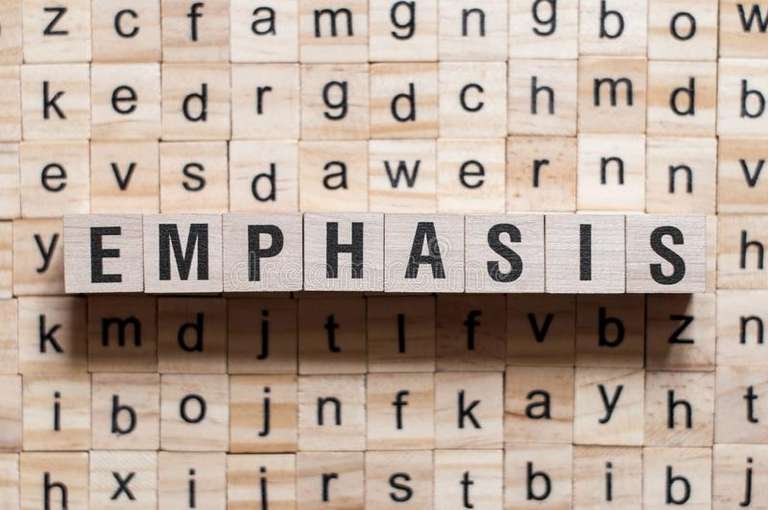Top Text to Speech Software for Speech Impaired

Speech is an indispensable aspect of human existence. It is through speech that we express our thoughts and opinions to our family, friends, and others. Sadly, not everyone is born with this ability. Some suffer voice loss or experience difficulty speaking later in life due to an injury such as a brain injury, while others are born with a speech impairment that limits their ability to communicate verbally. However, speech-impaired individuals can now openly express themselves, thanks to technological advancements in alternative communication technologies like text to speech.
At its core, text to speech software converts text into audio. With the help of this technology, mute people can communicate easily with others by simply typing out custom phrases or the message they want to convey on a mobile phone without using sign language. The device does the rest by reading the text aloud in an AI voice.
People with speech impairment can also use text to speech apps to listen to a written transcript, books, documentation, instruction manuals, web articles, and more in the customized voices of their choice. They can also create a voice clone of their own voice in different languages and accents using past voice recordings, if any, for a more personalized experience. Moreover, TTS software have superior features to create interactive media such as audiovisual presentations. TTS for the mute opens up a host of opportunities that were previously inaccessible, requiring only an internet connection.
Table of Contents
Benefits of Text to Speech for Mute
There are several advantages of using a paid or free text to speech tool to better the lives of speech-impaired individuals. Let's have a look at some of them.
Simplified Communication
TTS software makes it possible for speech-impaired individuals to communicate with people around them through natural-sounding AI voices. They only have to type the text they intend to speak for speech synthesis. Since not everyone is acquainted with sign language, using a text to speech app helps with communication by eliminating the need for learning sign language and facilitates simplified and comprehensive conversations for mutes.
Personalization
Mutes can use text to speech software to easily convert text files, including books, emails, webpages, documentation, instruction manuals, and text messages, into audio files with a synthetic narrator's voice. These systematic AI voices come in various languages and accents, making it possible for mute people from all regions and backgrounds to create or hear spoken word files in the language or accent they understand.
Speech Customization
Certain text to speech software allow speech-impaired individuals to customize their speech by adding pauses and modifying the pronunciations. One can also alter the pitch or change the rate of speaking for the selected AI voice. Such features allow the speech impaired to customize their speech in a way that suits their needs and comprehension capabilities.
Accessibility and Cost-effectiveness
Unlike heavy and expensive equipment available in the market for the mute people, text to speech apps are readily available on electronic devices such as smartphones and laptops. Such assistive technology platforms are accessible to users of all economic backgrounds, as most of them come with an affordable premium subscription.
Seven Best Text to Speech Apps for the Speech Impaired
Murf
Speechify
Natural Readers
Amazon Polly
IBM Text to Speech
Google Text to Speech
TTS Reader
Why Should One Choose Murf Text to Speech App?
The top-notch features of Murf Studio's text to speech platform make it a game changer and a popular choice among the speech impaired. Some of these include:
Realistic-Sounding Voices
Murf offers speech-impaired individuals a selection of completely natural-sounding artificial intelligence voices for audio and audiovisual projects through its voice synthesis technology. All the voices are natural-sounding and quality checked across dozens of parameters. Unlike the monotonous robotic text to speech voices, these realistic AI voices can provide mutes with a simulation of natural human conversation as they utilize them for different use cases.
Custom Pronunciation
Murf also enables mute people to customize the pronunciation of a particular word in their text or script using IPA phonemes or alternate spellings. The tool supports smart suggestions, which automatically presents a range of IPAs for commonly used words. It also provides features to add pauses, manage the speaking rate, and alter the pitch of the AI voice.
Wide Range of Languages and Accents
Murf’s AI voices are available in multiple languages across different accents. Some of these include English, Spanish, Russian, Hindi, French, German, Italian, Chinese, Turkish, and Indonesian. Murf also provides quick access to added filters such as gender, age group, and use cases, enabling mutes to easily select the AI voice based on their requirements.
Voice Cloning
Using Murf's voice cloning feature, individuals with speech disabilities can now generate an artificial intelligence voice clone that mimics real human emotions. Individuals who have lost their voices later in life can use old recordings of their own voice to create a voice clone identical to theirs. Using their own AI-generated voice can provide them with a highly personalized experience.
Voice Changer
With Murf, users can swap existing audio with a professional-sounding AI voice in seconds. They can also convert recorded audio with background noise and interruptions into a high-quality AI voice with zero noise and only plain text.
Voice Editing
Murf offers users the option to edit their scripts or re-render audio to remove any unwanted background noises from a correspondent's spoken words. Users can also add additional information or remove unnecessary information from their audio files and generate a new file in the audio format of their choice.
Summing Up
Considering the undeniable significance of speech, it is only fair to say text to speech for mute is no less than a boon, not only for the speech impaired but also for individuals with other speaking and fluency disorders. The wide-ranging features of TTS platforms, including the conversion of text messages to customized speech, audio to editable text, and the creation of audiovisual media, make them apt for people with learning disabilities to enhance their capabilities and better their lives.
Among various text to speech platforms available in the market, Murf Studio stands out as one of the best alternative communication tools for speech-impaired individuals. Without any training or prior knowledge, people hard of hearing and speaking can use Murf TTS to convert simple text to speech, create interactive video presentations, edit voiceovers, and more. Additionally, customization features such as diverse AI voices, voice editing, voice changing, and voice cloning distinguish Murf from its competitors. All in all, Murf's TTS makes up for the loss of speech by becoming the voice of speech-impaired individuals in the most personal way.
FAQs
What is text to speech for disabilities?
Text to speech is a software that converts text files into audio, streamlining communication for individuals with disabilities. With the use of text to speech on a mobile phone or other device, individuals with speaking and learning challenges can listen to written material or custom phrases through interactive AI human voices and create helpful audiovisual projects for their use.
How does text to speech tool help people with dyslexia?
A person with dyslexia can use text to speech to listen to blogs, webpages, articles, and more through a read-aloud function, thereby addressing several problems experienced by these individuals, including misidentifying words, reading slowly, concentration issues, and difficulties with comprehension.
What software do mute people use to speak?
For personal use, mutes use software such as Murf, Speechify, Natural Readers, Amazon Polly, and IBM Text to Speech on their Android devices or others to speak. Some of these software come with automated real-time captioning, apart from just the function to convert text to speech.



